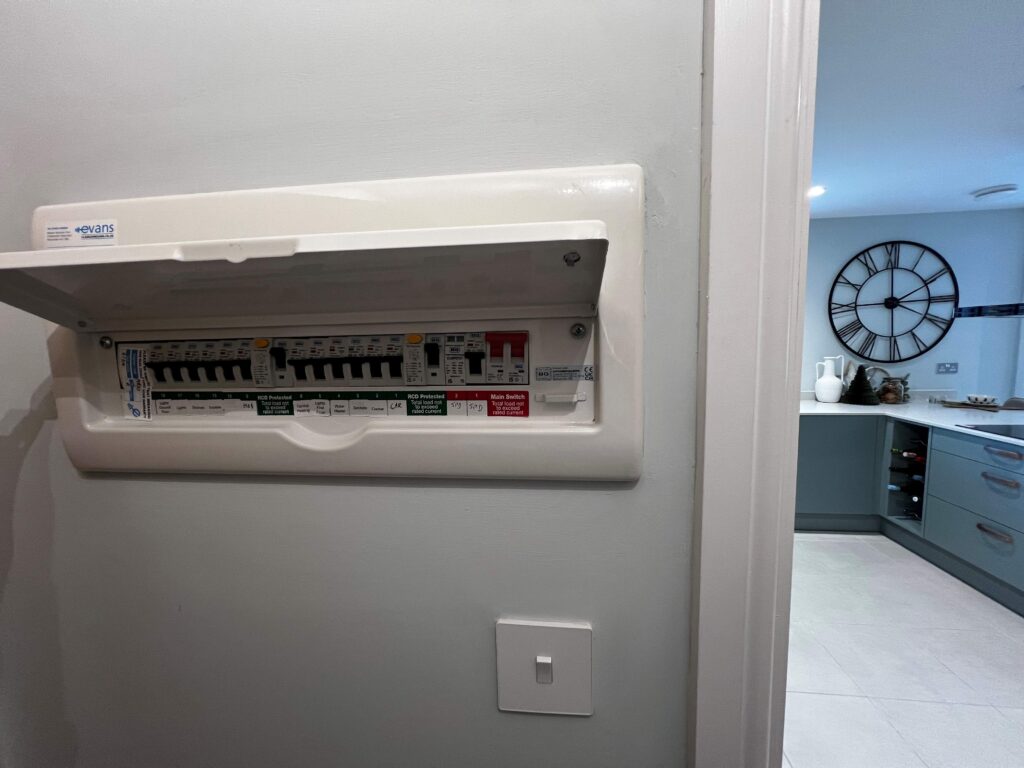Research by Leaders Romans Group demonstrates an increased price premium
Love of nature grew during the Covid lockdowns. But is that appreciation here to stay in today’s ‘new normal’? More specifically, does it determine what we are prepared to pay for our homes?
Leaders Romans Group (LRG) carried out research to determine whether the value of homes close to woodland has seen an above-average increase in the past two years.
The research, which is not confined to house prices, shows a considerable increase of appreciation for woodlands post Covid: woodlands visits rose from 170m in 2016-17, to 296m in 2020-21; and the annual number of visits to forests managed by Forestry England rose by 74% between 2016 and 2021.
But was this a short-term response to the pandemic, as the ‘great outdoors’ provided the only option to exercise under strict lockdown measures, and later as a means of socialising? Or is the newfound love of nature something that we are now prepared to pay a premium for?
The LRG research looks into the impact on property values across all local authority areas in England and Wales. It concludes that homeowners are prepared to pay a premium for a home close to woodlands and that this figure has increased in the last two years: homes located within 50 metres of woodland attract a 6% price premium, which is a rise of 2.4% since the start of the pandemic.
Furthermore, this premium was as high as 15% in Bournemouth, Christchurch and Poole, County Durham and North East Lincolnshire.
LRG’s research supports the common belief that a preference for green spaces has increased since the start of the pandemic. It is complemented by other research, such as that by MFS which indicates that during lockdowns, gardens were regarded as even more important than inside living space: in 2019 the square footage of a home was deemed the single most important factor in buying a property; in 2022 this was replaced by the need for outdoor space (92%).
Tim Foreman Managing Director Land & New Homes at LRG commented: ‘Our research confirms the common belief that a preference for green spaces and nature has increased since the start of the Covid. This information will be of immense value to planners, developers, sales and lettings agents as they comprehend the complex impact of the pandemic and the way in which it will shape our lives for years to come.’
This clear preference for woodlands could also be regarded as a call for action. A study by the New Economics Foundation found that access to nature decreased in the last century: the median size of the nearest green space to developments built after the year 2000 is 40% smaller than equivalent space near developments built in the 1930s.
Already this is set to change, both in response to changing attitudes towards wellbeing and nature, and also as result of the recent Environment Act, which requires a minimum 10% biodiversity net gain on new developments from autumn 2023.
Ananya Banerjee, Head of Design at planning consultancy Boyer (a subsidiary of LRG) commented: ‘Understanding the importance that homeowners attach to woodlands is vital in the planning of new communities. Since the start of the pandemic, we have seen an unprecedented rise in counter-urbanisation and an above average rise in rural house prices.
Read more of the latest developments in our new edition
Media contact
Editor, Showhome Magazine
Tel: +44 (0) 1622 823 920
Email: [email protected]











